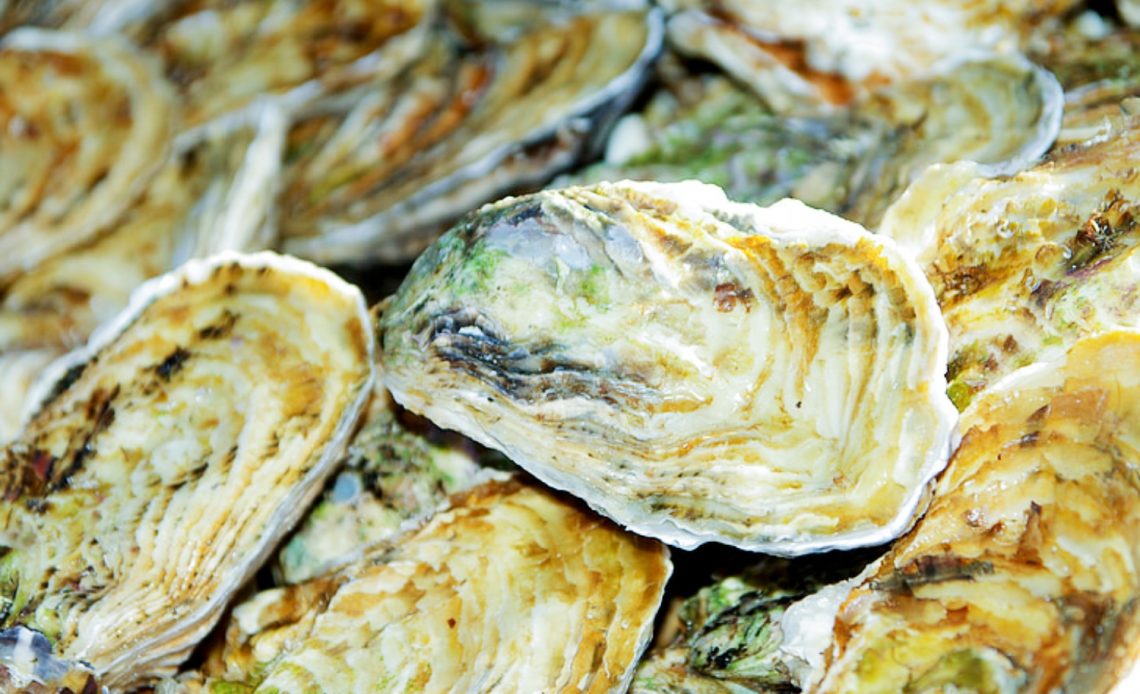

We’re here to help! Wild Yards is a completely free website that is 100% dedicated to helping you create a wildlife-friendly, sustainable yard. Read more
WildYards is reader-supported. When you buy a product through a link on our site, we may earn a comission. Every product is independently selected by our (obsessive) editors and our reviews are unbiased and objective. Read more about our mission or our privacy policy.
Nothing hits the spot like a big plate of oysters. But instead of tossing those shells in the garbage when you’re through, why not save them to use out in the garden? Oyster shells have been used to improve soil quality for decades. They’re an excellent all-natural fertilizer that can help you grow better fruits and vegetables. But what are the benefits of using oyster shells in the garden, and how can you use them effectively?
Oyster shells are comprised of calcium carbonate, which not only increases calcium availability for plants but also helps neutralize the soil’s pH, making more nutrients available to the crops in your garden. Use oyster shells in the garden as mulch, or mix them into the soil before planting.
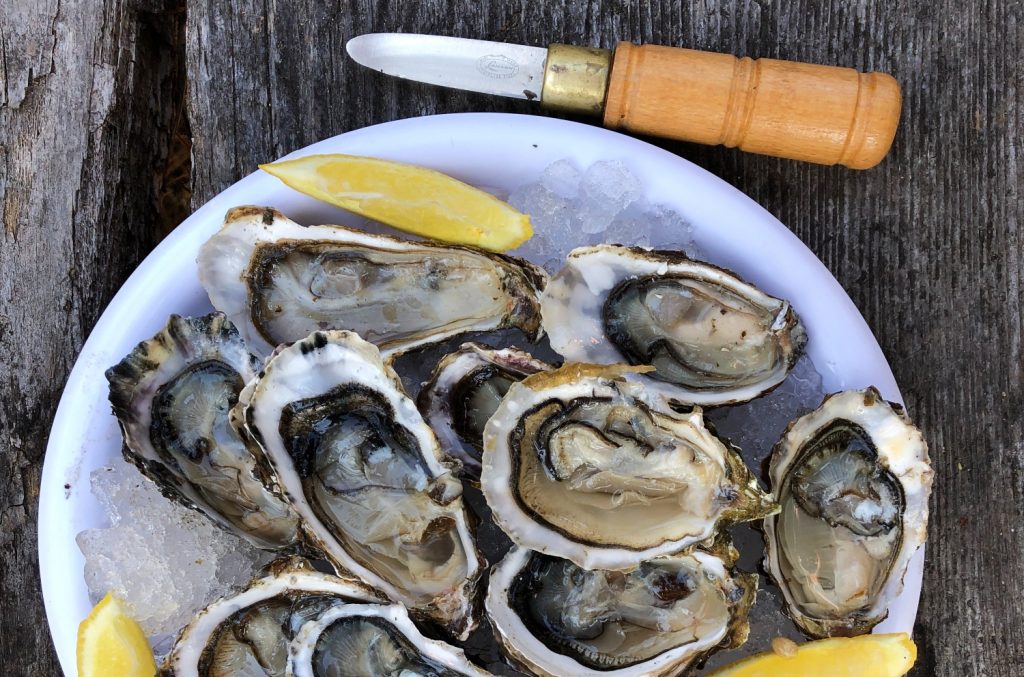
Why are oyster shells good for plants?
Oyster shells are an excellent source of calcium carbonate, otherwise known as chalk. This makes it a highly beneficial fertilizer for calcium-loving plants. Oyster shells can be used to raise calcium levels in soils that are deficient in this mineral. It’s also an ideal amendment for acidic soils because it helps make the soil slightly more alkaline, bringing the pH closer to neutral — and neutral soils with a pH of 6.5 to 7.0 offer the plants in your garden the highest rate of nutrient availability.
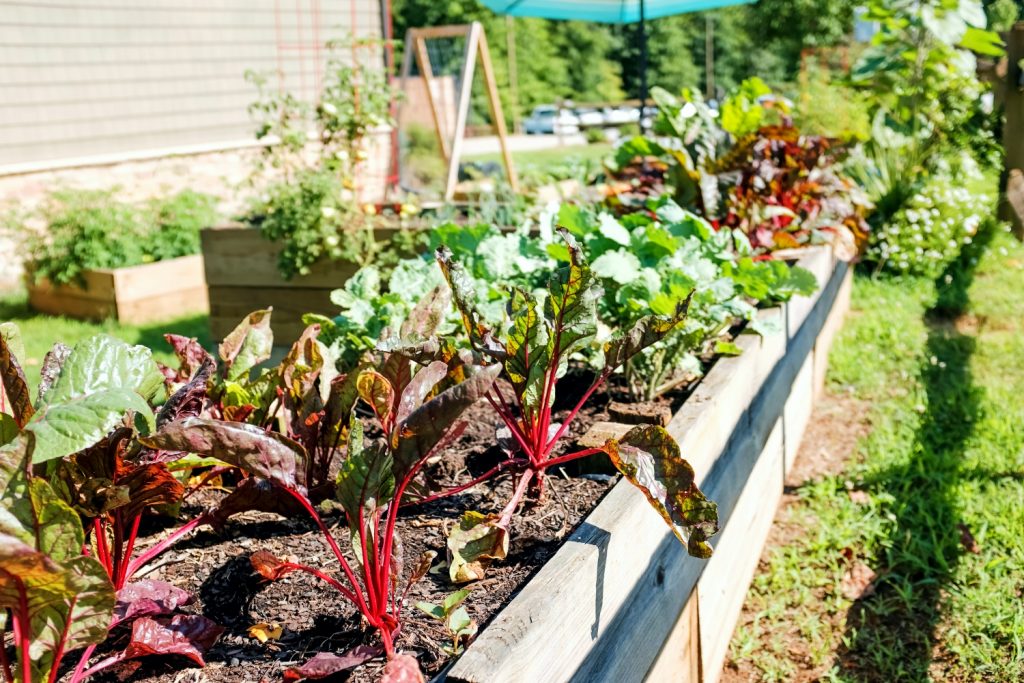
How can you tell if your garden will benefit from oyster shells?
To determine whether or not oyster shells will improve your garden’s soil, first, you’ll need to check the pH. Purchase at-home soil test strips to find out if your soil is acidic, alkaline, or neutral. If your soil is acidic, then oyster shells will help improve the pH. Of course, oyster shells can also be added to neutral soils to raise the pH even further for plants that like alkaline soils.
As it turns out, most acidic soils are naturally calcium deficient. So if your soil pH measures 6.0 or under, then that’s a good indicator that it has low calcium levels. However, you can test your soil to determine its vitamin and mineral content. This will help you understand how much calcium your garden needs and how much oyster shell you should use to boost its levels.
When calcium levels are low, plants exhibit symptoms of calcium deficiency. Leaves curl upwards, giving them a parachute shape. The tips of the leaves die, as do the tips of the roots, and this leads to an inordinate amount of stems. Plants suffering from calcium deficiency grow deformed shoots and may also exhibit chlorosis, in which the leaves turn yellow while the veins remain dark green.
How should you use oyster shells in garden soil?
Using oyster shells in garden soil is easy. You can use leftover oyster shells that are whole or in pieces. You can also purchase pulverized oyster shells designed to give to chickens to help them digest their food. Both work equally well, although they have slightly different applications.
Using whole oyster shells in the garden
Whole oyster shells are easy to work with. Because they’re not powdered, you don’t have to wear a mask or wait for a still day to use them in your garden. However, because they’re whole, they’ll work best if you use them as a mulch rather than a soil additive.
If your soil is calcium deficient, or if you’re trying to spot-feed the calcium-loving crops in your garden, then simply spread the oyster shells out on the soil surrounding the base of the plants, as you would a wood chip mulch. As the oyster shells break down, the nutrients will leach into the soil at a steady rate, providing your crops with plenty of calcium all season long.
To help prevent weeds from popping up in between the oyster shells, consider laying out a layer of landscape fabric beforehand. This will discourage seedlings from sprouting, saving you time and labor in the long run. As the shells weather, they’ll raise the soil’s pH, giving you a more neutral growing medium over time.
Whole oyster shells can often be purchased from seafood markets and restaurants. You can also use the oyster shells leftover from your homecooked dinners, though it may take you a while to get enough shells for your whole garden.
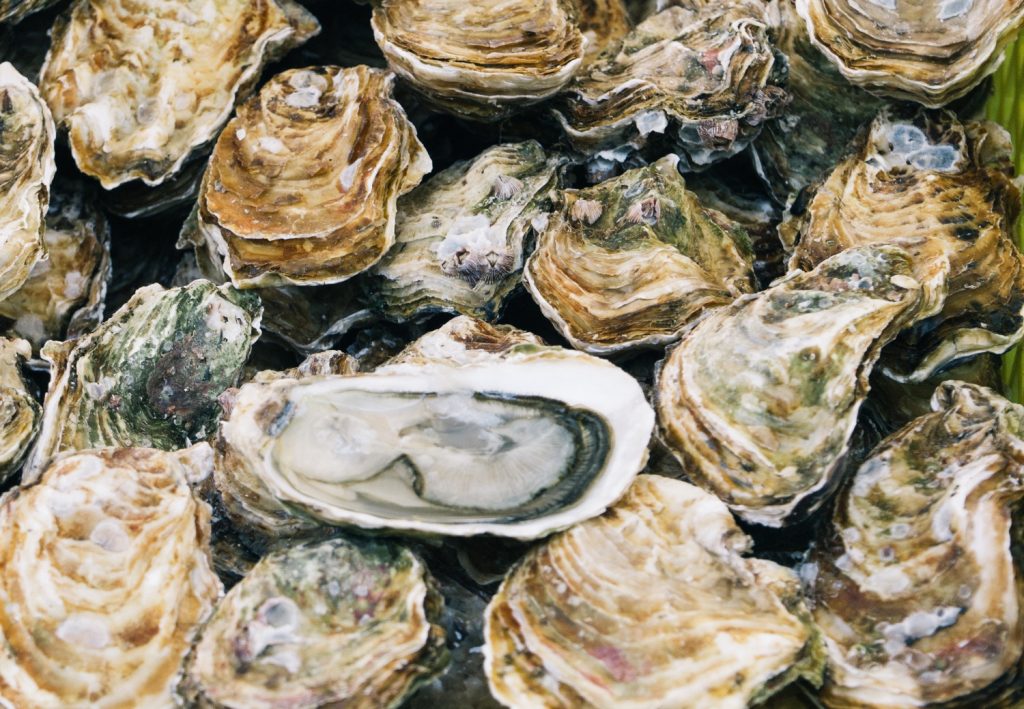
Using pulverized oyster shells in the garden
Compared to whole oyster shells, pulverized oyster shells are much easier to find. Powdered oyster shells are available at most feed stores, where it’s marketed as grit for chickens. But you can also find it at garden centers, hardware stores, and even online.
You can spread a layer of powder oyster shells around your plants as a mulch, just as you would whole oyster shells. Again, if you want to prevent weeds, then use landscape fabric to prevent them from sprouting up between the oyster shells. The pulverized oyster shell breaks down at a faster rate than whole oyster shells, so it’s a better choice if your plants are currently struggling with calcium deficiency.
If you’d like to amend calcium-deficient soils before you plant your garden, or if you want to raise the pH a little bit, then use powder oyster shells as a fertilizer. Add the oyster shells to the soil after rototilling to ensure even application. Because powder oyster shells can be dusty, you’ll need to wear a mask and goggles and choose a still day to apply it to avoid inhaling it.
Using oyster shells to prevent snails, slugs, and moles
Interestingly, snails and slugs hate oyster shells. So much so that if you apply a ring of crushed oyster shells around your plants, they won’t even bother to cross it to get to them. If your garden is overrun with these pests, or if you’ve had problems with snails and slugs eating your crops in the past, then consider using oyster shells in your garden to stop them. Moles also dislike coming into contact with the powder, so be sure to mix oyster shells 2 to 3 feet deep into your garden soil before planting to keep these pests at bay.
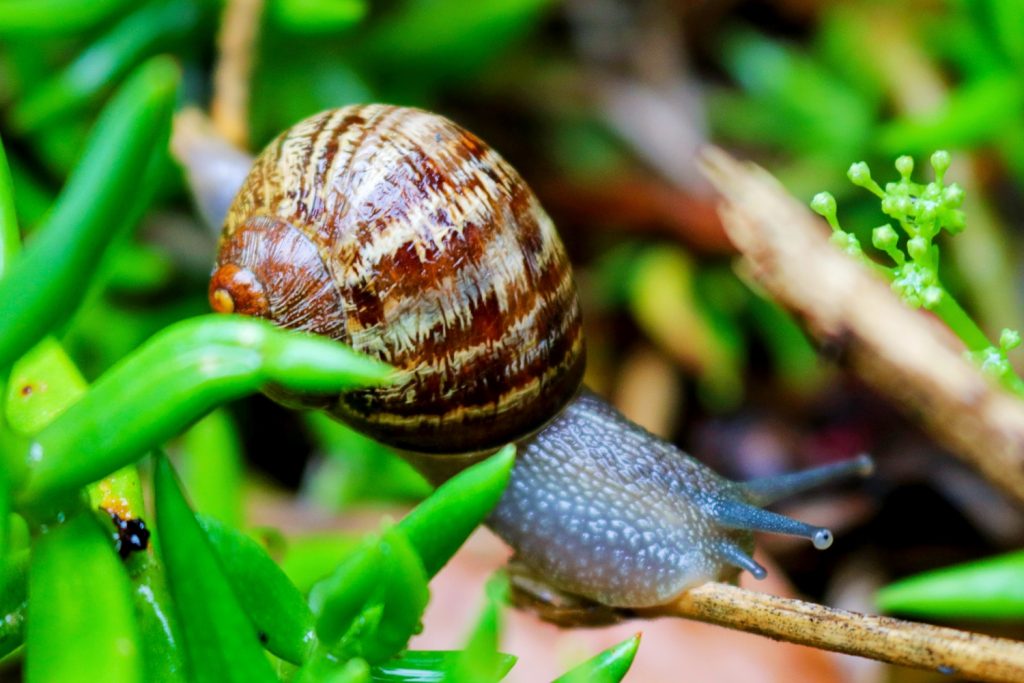
Using oyster shells to improve soil microbiome through compost
Improving the soil pH by making it more neutral inevitably alters the microbiome, resulting in increased nitrate availability and, thus, greener plants. Oyster shells support healthy soil by increasing enzymatic activity, making not just calcium but loads of other minerals easier for your plants to absorb. The more minerals your plants have access to, the better they’ll look and the faster they’ll grow. If you don’t have enough oyster shells to cover your entire garden, then place the shells in a plastic freezer bag, use a hammer to break them up into smaller pieces, and add them to your compost heap.
How much oyster shell should you use?
If you’re using whole oyster shells, then spread them out evenly so that you have a single layer of oyster shells surrounding your plants. Don’t pack them together densely. You still want water and air to be able to reach the soil. Spread the oyster shells just past the plant’s drip line. This will ensure it gets plenty of calcium during the growing season.
If you’re using oyster shell powder, the application rate is slightly different. You can either add oyster shell powder before planting at a rate of 2.5 to 5 pounds per 100 square feet, or you can add one or two teaspoons to fertilize individual plants that are already in the ground. In either case, you should apply the fertilizer in late spring or early summer, and test the soil in fall to determine whether or not you’ll need to add more before the next growing season.
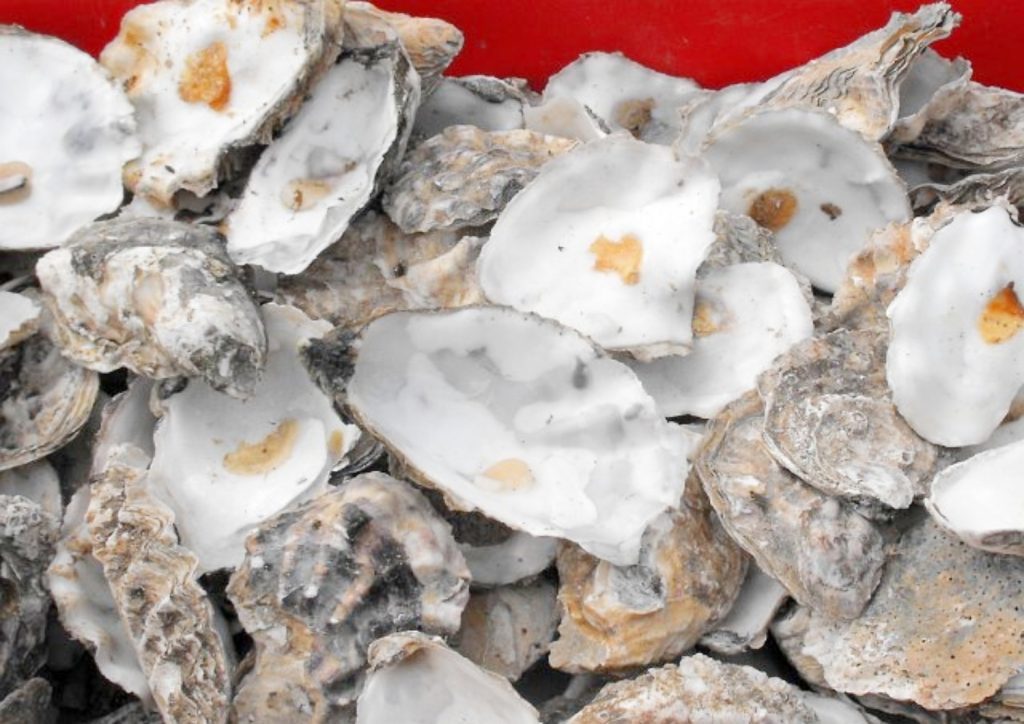
Which plants benefit from oyster shells in garden soil?
If you’ve tested your soil and found it acidic and/or calcium deficient, then all of the plants in your garden will benefit from being fertilized with oyster shells. However, it’s worth noting that some plants simply like calcium more than others and that these plants will enjoy being fed oyster shell powder whether the soil itself needs it or not. Here are just a few garden favorites that thrive when given an extra dose of calcium.
- Broccoli
- Fennel
- Leeks
- Swiss chard
- Squash
- Collard greens
- Spinach
- Peas
- Okra
- Celery
- Lettuce
- Carrots
- Sweet potatoes
- Lentils
- Kohlrabi
- Green beans
- Arugula
- Watercress
- Melons
- Kale
- Pumpkins
- Onions
- Tomatoes
- Artichoke
- Radish
- Bok choy
- Parsley
- Dandelion
- Cabbage
- Beets
If you grow any of the plants above, consider adding a heaping dose of oyster shells to your garden before planting. Calcium helps plants develop their root systems, allowing them to get established more quickly. The sooner your plants mature, the sooner they can focus on producing crops.
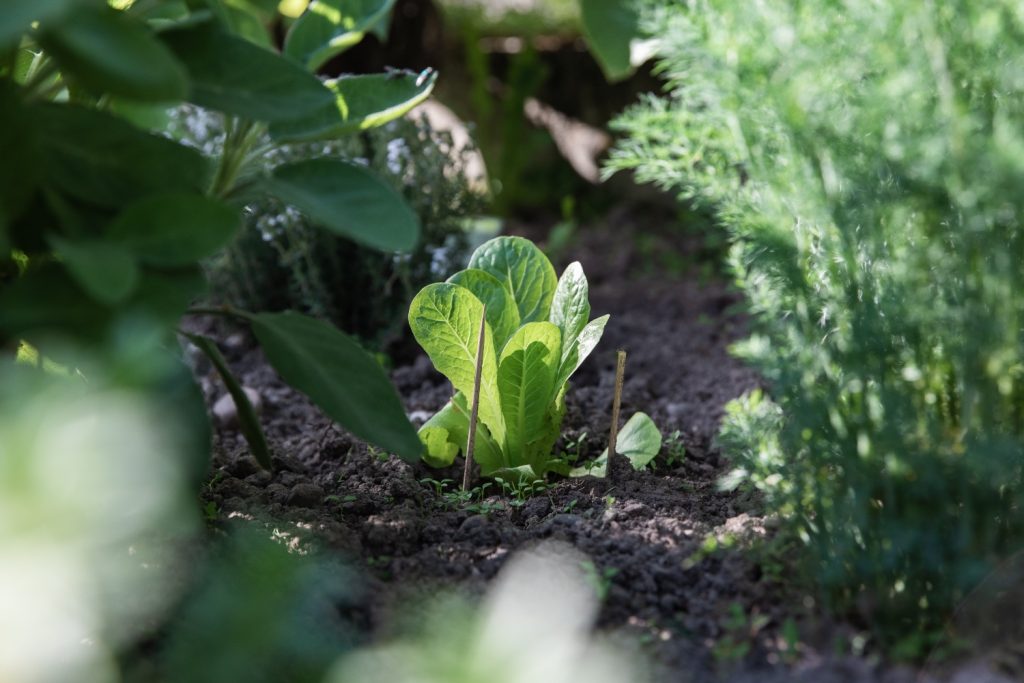
What other benefits do oyster shells have to offer your garden?
In addition to improving soil nutrition, oyster shells also improve soil texture. Pulverized shells prevent compaction, making it easier for water and air to reach your plants’ roots. If your soil is clay-rich or over-packed due to heavy foot traffic, oyster shells will help loosen things up, creating a better environment for your garden favorites.
Overall, oyster shells are a natural nutritional fertilizer that can take your garden to the next level in terms of crop quantity and quality.
